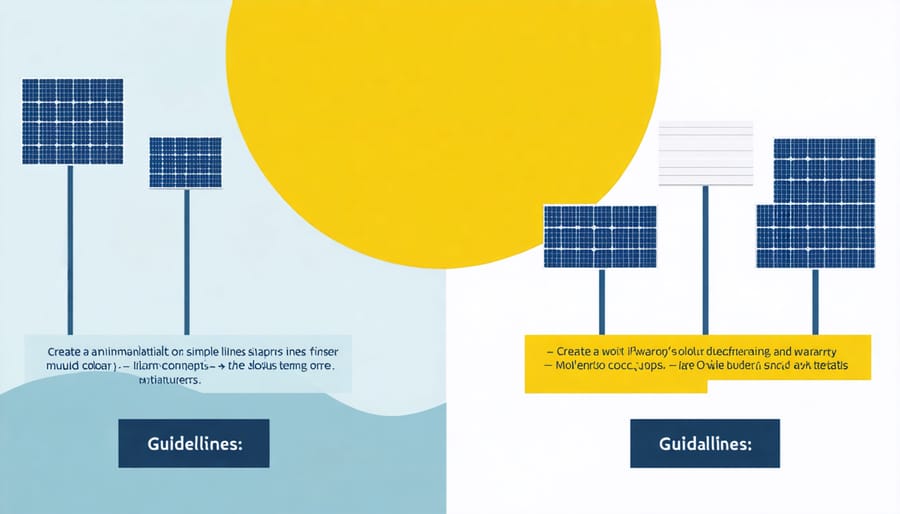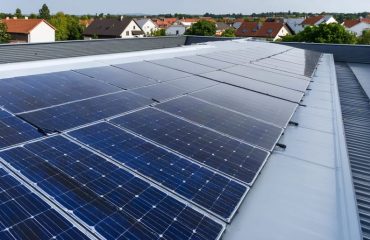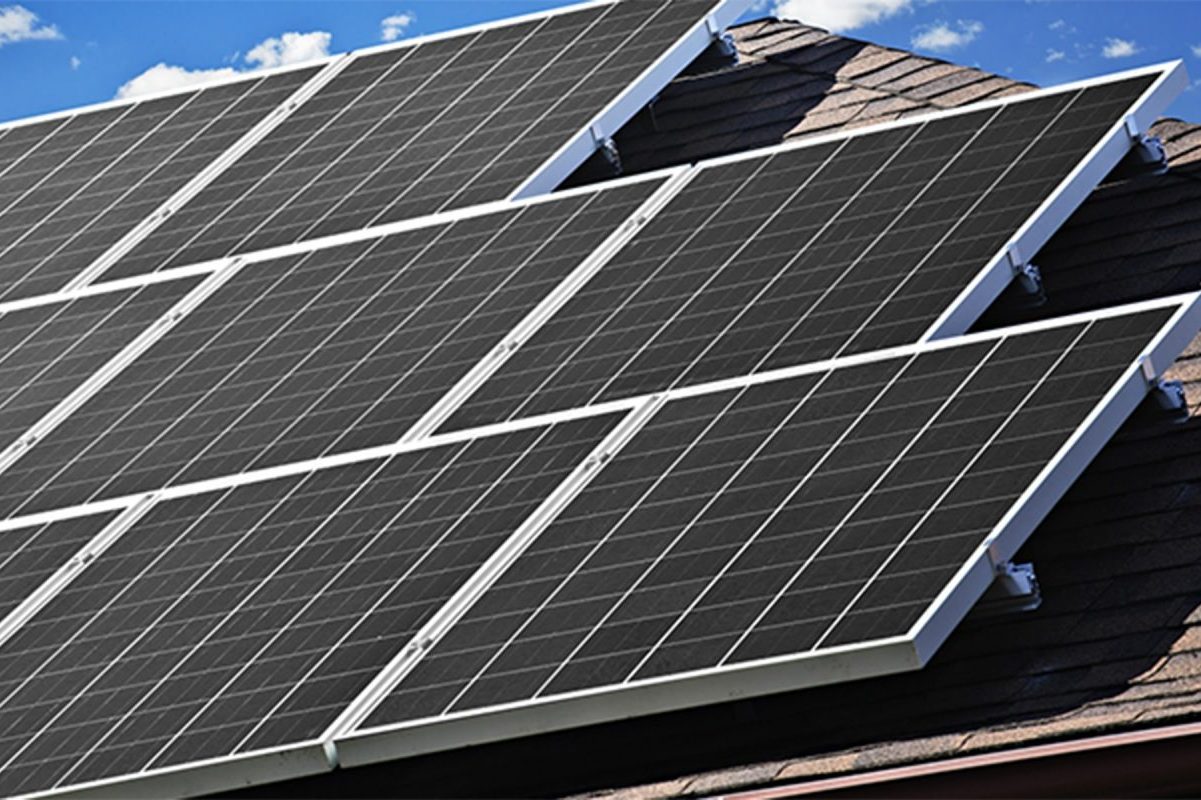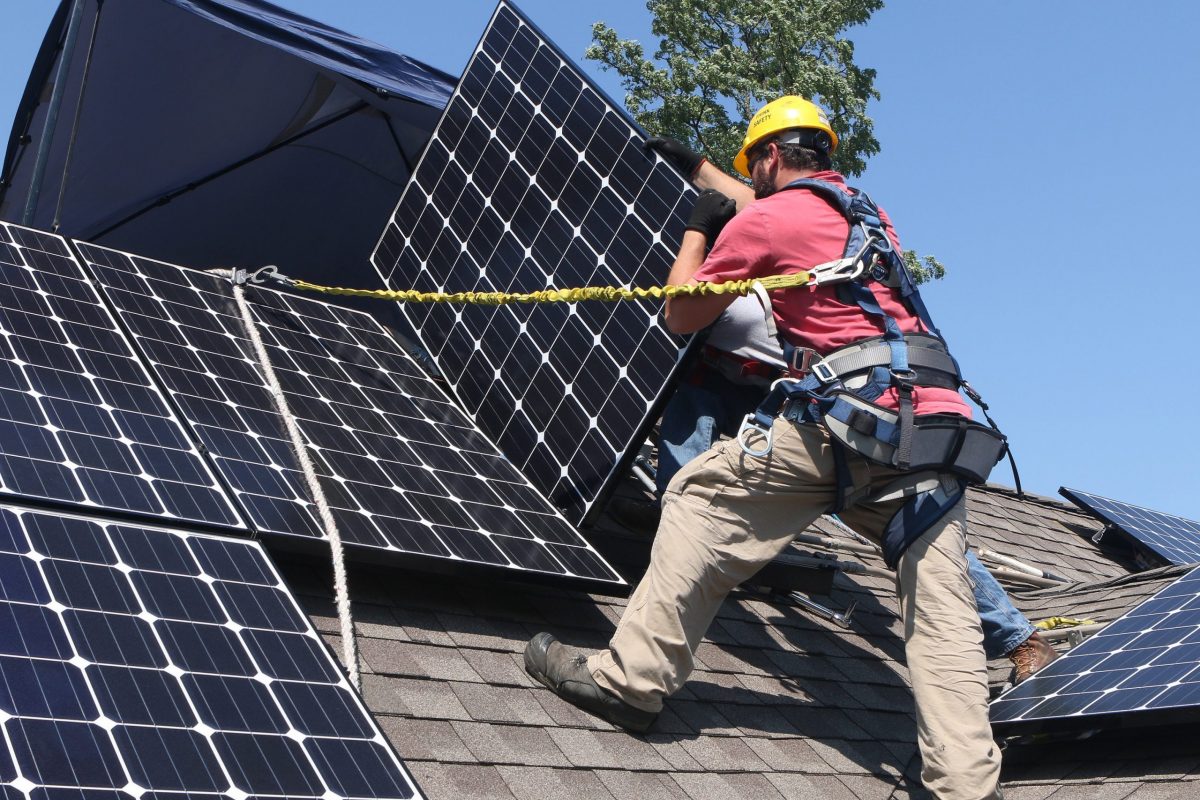Solar energy system disclosure documents serve as your essential roadmap when considering a residential solar installation. These legally-required documents outline crucial details about your potential solar investment, including system specifications, estimated energy production, and financial obligations. Before signing any solar contract, homeowners must understand these disclosures to make informed decisions about their energy future.
Think of a solar disclosure document as your consumer protection blueprint – it reveals the true costs, performance expectations, and warranty information that might otherwise remain buried in complex contracts. For savvy homeowners, these documents provide the transparency needed to evaluate competing solar proposals and avoid common pitfalls in the installation process.
Armed with this documentation, you can confidently compare solar offers, understand your long-term commitments, and ensure your investment aligns with your energy goals. Whether you’re considering purchasing or leasing a system, these disclosures help illuminate the path to sustainable, cost-effective home energy solutions.
What is a Solar Energy System Disclosure Document?
Legal Requirements and Purpose
Solar energy system disclosure documents are legally required in many states to protect consumers and ensure transparency in solar installations. These documents provide essential information about system performance, costs, and contractual obligations before you commit to a solar installation. They’re designed to help you make an informed decision while preventing misleading sales practices.
The disclosure requirements typically include detailed information about your system’s size, estimated energy production, and projected utility bill savings. Installers must also clearly outline financing terms, warranty information, and any applicable tax incentives or rebates. This transparency helps you understand both the benefits and responsibilities of solar ownership.
Many states require solar companies to provide these documents at least 24 hours before signing a contract, giving you time to review the information carefully. The documents must be written in clear, straightforward language and include contact information for consumer protection agencies and licensing authorities.
Remember that these disclosure requirements exist to protect your interests and ensure you receive accurate information about your solar investment. Always review these documents thoroughly and ask questions if anything seems unclear.
Key Information Included
A comprehensive solar energy system disclosure document contains several critical components that help you make an informed decision. The document starts with detailed system specifications, including the total system size in kilowatts (kW), the number and type of solar panels, and inverter specifications. You’ll find information about the expected annual energy production in kilowatt-hours (kWh), accounting for factors like your roof’s orientation and local weather patterns.
The financial section outlines the complete cost breakdown, including equipment, installation, and any additional fees. It details available financing options, tax incentives, and rebates you may qualify for. The document should clearly state whether you’re purchasing the system outright or entering a lease/power purchase agreement.
Performance estimates provide realistic expectations for energy savings, typically showing monthly and annual projections. These calculations consider your current energy usage patterns and local utility rates. The document includes warranty information for different system components, usually covering 20-25 years for panels and 10-12 years for inverters.
You’ll also find details about system monitoring capabilities, maintenance requirements, and any additional services included. The document should outline the installation timeline and any necessary permits or utility approvals. Pay special attention to the guaranteed performance metrics and any production shortfall compensation policies offered by the installer.

Understanding Your Home Energy Audit Results

Energy Consumption Analysis
Understanding your current energy consumption patterns is crucial before investing in solar energy. A comprehensive home energy audit provides valuable insights into your household’s electricity usage and helps identify potential areas for improvement. The disclosure document typically includes a detailed analysis of your past 12 months of energy consumption, breaking down usage patterns by season and time of day.
This analysis helps determine the optimal size of your solar system and estimates potential savings. Look for peak usage periods, seasonal variations, and overall consumption trends. Many homeowners discover they can reduce their energy needs through simple efficiency improvements before sizing their solar system. The document should clearly show how your current usage translates into required solar capacity and projected energy production.
Pay special attention to the estimated offset percentage – how much of your current electricity needs the proposed solar system will cover. This information helps you make an informed decision about system size and anticipated cost savings.
System Size and Performance Expectations
Your home’s energy audit results play a crucial role in determining your solar system size requirements and expected performance. The disclosure document outlines these specifications based on your household’s actual energy consumption patterns, roof orientation, and available installation space.
The document typically includes detailed projections of your system’s annual energy production, measured in kilowatt-hours (kWh), and how this aligns with your current energy usage. It will specify the number of panels recommended, their total capacity, and the estimated percentage of your electricity needs that the system can meet.
You’ll also find performance expectations under different weather conditions and seasonal variations. This helps set realistic expectations about energy production throughout the year. The document should clearly state any factors that might affect system efficiency, such as shade from nearby structures or trees, and how these were considered in the system design.
These specifications are particularly valuable as they help you understand the relationship between system size, cost, and potential energy savings, ensuring you make an informed investment decision.
Making Informed Decisions
Comparing Quotes and Warranties
When comparing solar proposals, use your disclosure documents as a valuable tool for making informed decisions. Start by reviewing the solar panel efficiency ratings and system specifications across different quotes. Look for consistency in how providers present their warranties, paying special attention to coverage periods and what’s included.
Create a simple spreadsheet to compare key elements like total system cost, monthly payments, and projected energy savings. Pay close attention to financing terms, interest rates, and any escalator clauses that might increase your payments over time. Make sure warranty information matches across all documentation, including both equipment and workmanship guarantees.
Don’t hesitate to ask providers to clarify any discrepancies between quotes. Reputable installers will gladly explain differences in their proposals and help you understand the value proposition of their systems. Remember that the lowest price isn’t always the best deal – factor in warranty coverage, company reputation, and long-term support when making your decision.

Understanding your solar energy system disclosure document is a crucial step in making an informed decision about solar installation. This document serves as your roadmap to understanding the financial implications, system performance expectations, and contractual obligations of your solar investment. By carefully reviewing these documents, you’ll be better equipped to evaluate different solar proposals and choose the option that best suits your energy needs and financial goals.
Remember that a well-informed decision today can lead to decades of energy savings and environmental benefits. Take the time to ask questions about anything unclear in your disclosure documents, and don’t hesitate to seek professional advice if needed. Whether you’re primarily motivated by reducing your carbon footprint or lowering your energy bills, understanding your disclosure documents ensures you’re making a sound investment in your home’s future.
Consider keeping your disclosure documents in a safe place for future reference, as they contain valuable information about your system’s specifications, warranty terms, and expected performance metrics. This documentation will prove invaluable for system maintenance, warranty claims, or if you decide to sell your home in the future.









